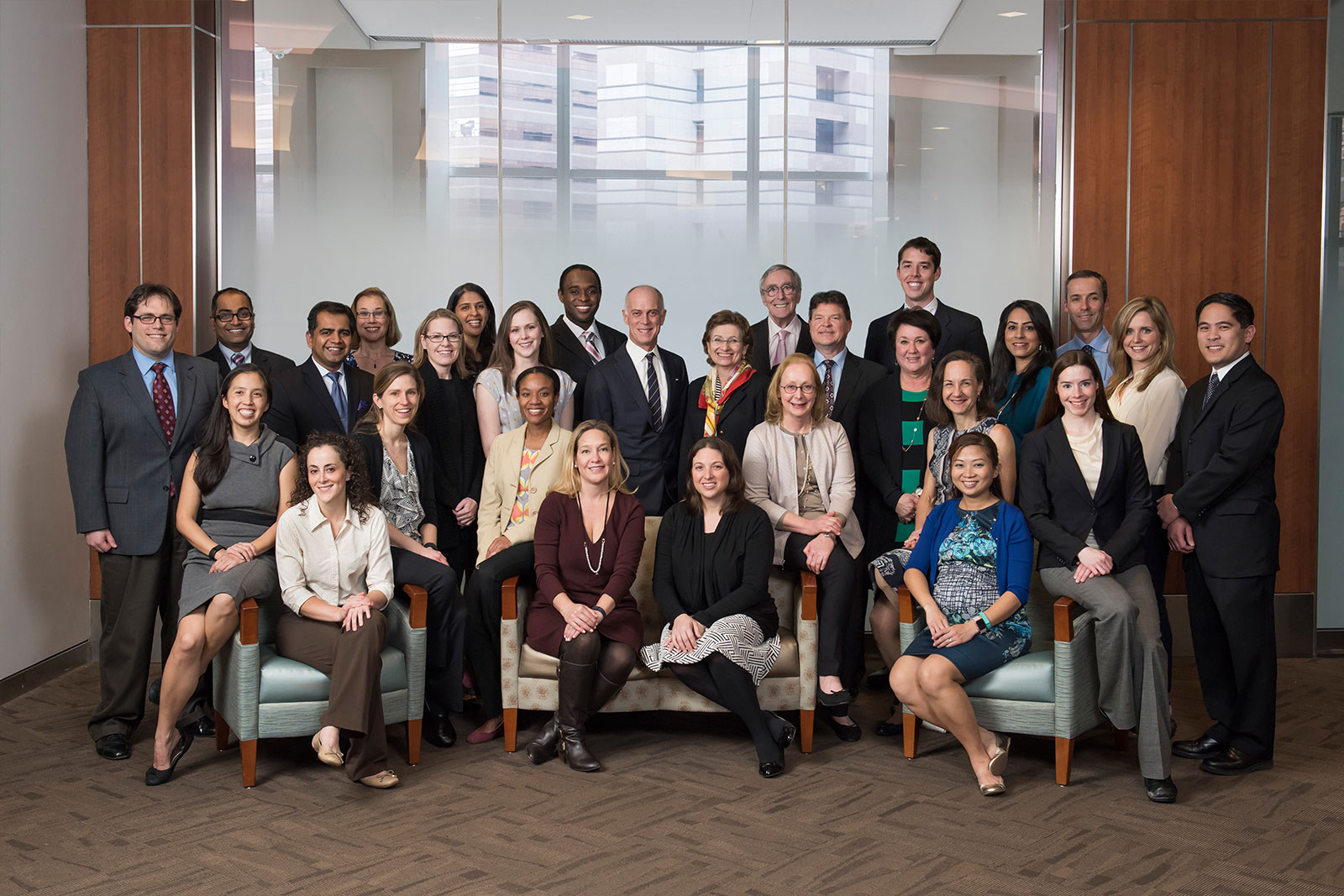

Growth in scale and in reach
Texas Children’s Otolaryngology leads the nation
Less than three years ago, the Otolaryngology Department at Texas Children’s Hospital had only eight otolaryngologists providing services to the entire health system’s service area: the Greater-Houston region and beyond.
Today, the story is altogether different. Beginning with the August 2014 hiring of Dr. Ellis Arjmand as chief of Otolaryngology, the department entered a period of rapid growth. As a result, in 2016 Texas Children’s Otolaryngology became the largest pediatric ear, nose and throat program in the nation. With 22 fellowship-trained pediatric otolaryngologists, laryngologists and neurotologists on staff, the division has more than 36,000 office visits and more than 10,000 surgical cases each year.
The growth of the program reflects the significant demand for pediatric ear, nose and throat care, but also proves the benefit of one of Arjmand’s key priorities: geographic distribution. Because of the growth in the Houston metropolitan area, the physicians are located at the hospital’s medical center campus, at The Woodlands campus north of Houston, at the West Campus in Katy, Texas, and across Texas Children’s speciality care centers through the area.
“The idea is to be available throughout the community,” Arjmand said. “We can’t expect all families to travel to our medical center campus, and they shouldn’t have to.”
National expertise
Recruitment was similarly strategic. In addition to providing better access to Texas Children’s otolaryngology services, Arjmand wanted to grow the department’s subspecialty expertise. The areas he focused on growing were airway reconstruction surgery, sleep medicine, vascular malformations, and hearing impairment, including cochlear implant surgery.
The benefit of this strategic recruiting approach is clear to Christina Harper and her daughter Harlow. Harlow was born with bilateral vocal cord paralysis—a condition that prevented her vocal cords from opening—and she had to be fitted with a tracheostomy tube to breathe.
The tube wasn’t optional, but it posed significant challenges: it was difficult for Harlow to eat and talk, and it created an ongoing risk of infection. It also complicated her transition to school. At age 2, when Harlow was preparing to start preschool, Harper was facing the need to teach a school nurse how to manage Harlow’s tracheostomy tube.
A Facebook search for solutions led Harper to a community of parents grappling with similar situations. Several suggested Texas Children’s Hospital and pediatric otolaryngologist Dr. Deepak Mehta. Ultimately, Harper and Harlow traveled from their home in California to Texas Children’s, where Mehta operated on Harlow.
In a five-hour procedure, Mehta and a multidisciplinary surgical team first took a bone graft from Harlow’s rib and placed it between her vocal cords - widening them and allowing her to breathe on her own. They also identified and corrected a previously undiagnosed issue: a laryngeal cleft, which was preventing Harlow from swallowing.
Within about 10 days of surgery, Harlow was eating, drinking and talking like never before.
“She used to not want to eat anything, not put anything in her mouth,” Harper said. “Now, we can’t keep her out of the kitchen!”
For more information about Texas Children’s Otolaryngology, click here.
